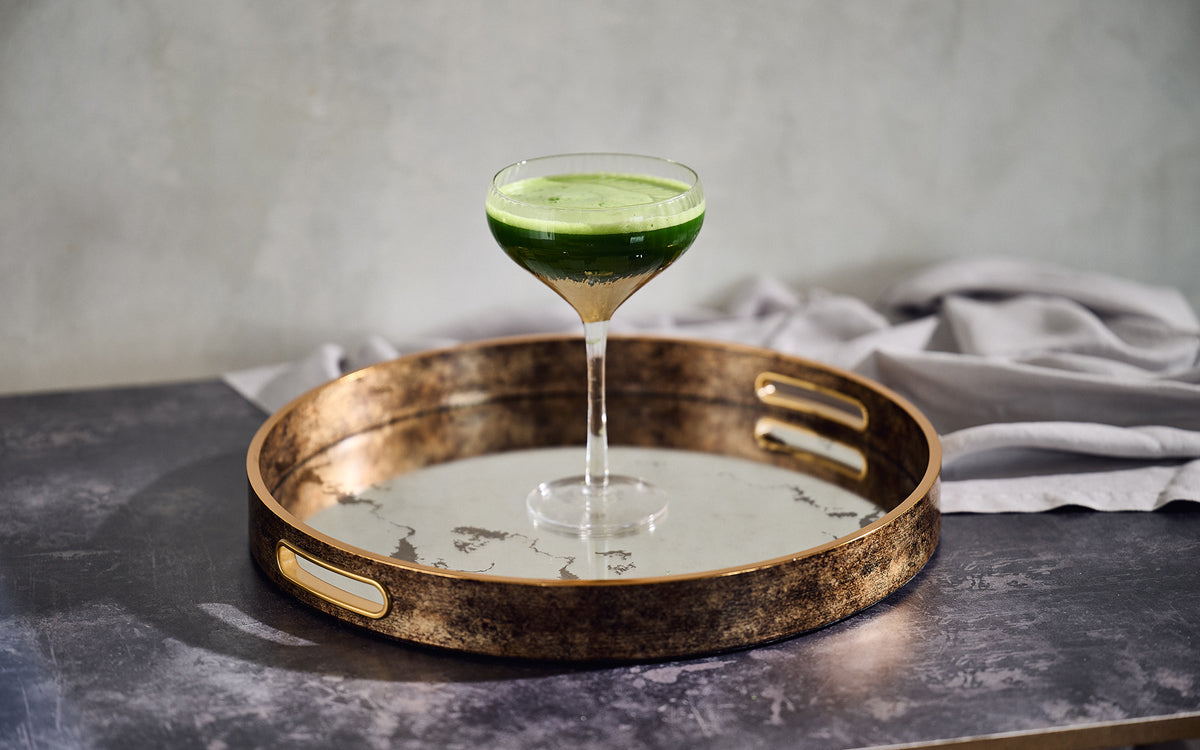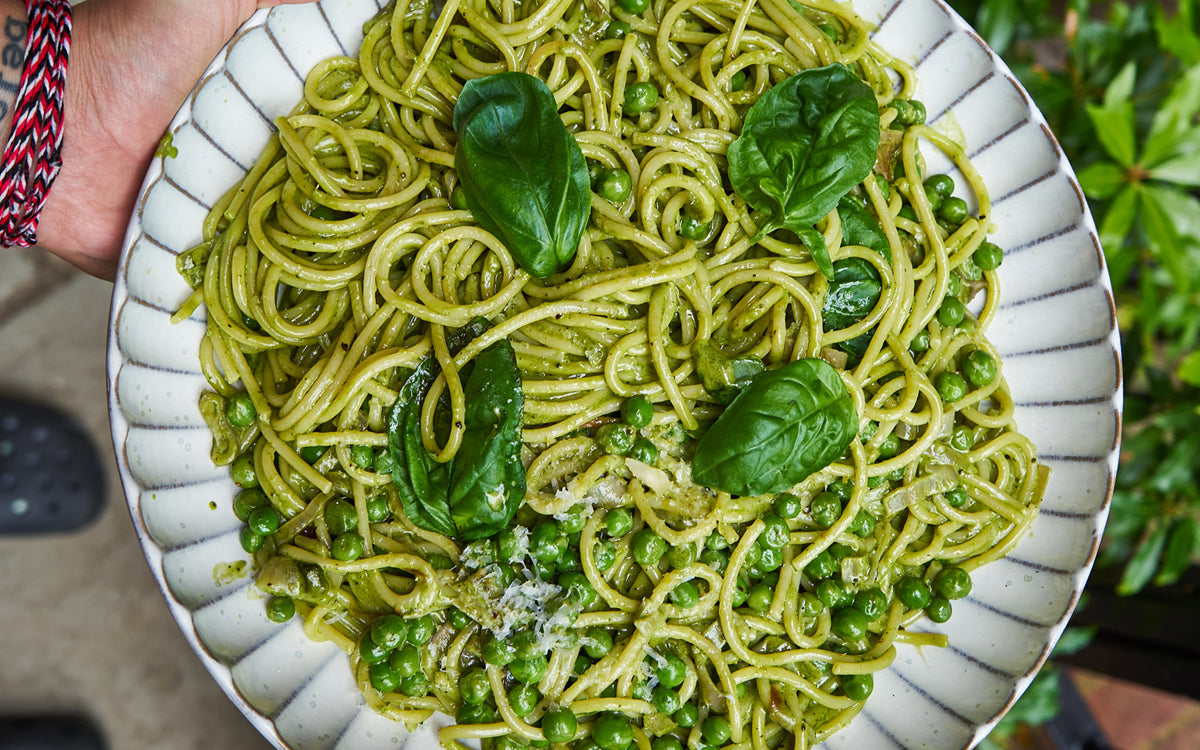Did you know not all Matcha’s aren’t equal. You can rely on OMGTea - our matcha is AAA high quality and organic, but here's some tips to help you recognise what makes a quality matcha.
You may think that a Matcha labelled as “Ceremonial Grade” versus one labelled “Cooking Grade” or “Culinary Grade” will ensure you are buying good quality Matcha, Yes? Actually NO! Not all Matcha’s are created equal. So what is the difference?
Put simply it’s the taste. Higher quality grades have a sweeter, smoother taste. On the other hand lower grade Matcha’s tend to be more bitter to taste and can be gritty. So taking the time to research your Matcha means you will hopefully choose well. Here's some key elements of matcha to always check.
The Colour
Colour is a fabulous indicator of quality in Matcha, always look for a really vibrant green. The greener the better! Matcha is shade-grown and this means that the tea leaves are forced to overproduce chlorophyll, this is what gives Matcha its beautiful emerald green colour. Conversely lower quality Matcha is often made up of leaves that have not been properly shaded, or may be older and also possibly harvested from lower down the tea plant. This results in a yellowish/brownish hue to the Matcha.
Origin - where it comes from
Always look for the country or region of origin as it is accepted that higher quality Matcha comes from Japan which it where it originated over 800 years ago, Matcha literally means “powdered tes” in Japanese. There are two dominant Matcha regions in Japan where the best Matcha is produced. Nishio city in Aichi prefecture and Uji city in Kyoto prefecture and they account for 80% of all the Matcha produced in Japan today. China and Taiwan also produce matcha, but the quality and importantly purity is just not there.
The Feel
Matcha is a fine powder and the feel and texture of it can reveal a true quality matcha. High quality grades are very fine and silky and similar to the feel of eye shadow, this is because its particle size is only 5-10 microns - as fine as baby powder. Lower-quality grades have bigger particle sizes, which results in a coarser feel when rubbed between your fingers.
If you look at the finger test picture above you will see different grades of Matcha. Here we put a small amount of Matcha on a white sheet of paper and pulled down with a finger. The finer the quality, the finer the line is. The Super Premium Matcha was so fine, it almost looked drawn with wax crayons
Taste - it needs to be smooth
When you taste good matcha you notice the sweet and vegetal smell to it; this comes from the L-Theanine and amino acid found in abundance in good quality matcha, this is also due to the the shade growing process. It is the L-Theanine that gives matcha that nice, clean green tea taste. Low-quality Matcha on the other hand lacks L-Theanine and this results in a bitter it has a astringent flavour that isn’t sweet or even tasty.
The Price
Put very simply, like most things in life, you get what you pay for. But the price of quality matcha can vary. Typically speaking, a 30 gram tin of ceremonial-grade ranges between £20 and £35; anything cheaper is usually in the lower-quality range as there would simple be no profit in it for the company selling it. You can of course find 100 grams for £10, but the difference will be more than noticeable – leaving a bad taste in the mouth both figuratively and literally and having much less of Matcha’s amazing nutrients, including the wonderful L-Theanine which is what gives you that amazing zen feeling, the calm alertness.
Matcha has incredible health benefits, but make sure to check the above points when buying. Our OMGTea ALWAYS meets the above requirements.Because we only offer matcha - we can offer the best quality matcha available. You could say that we're matcha masters :)




















